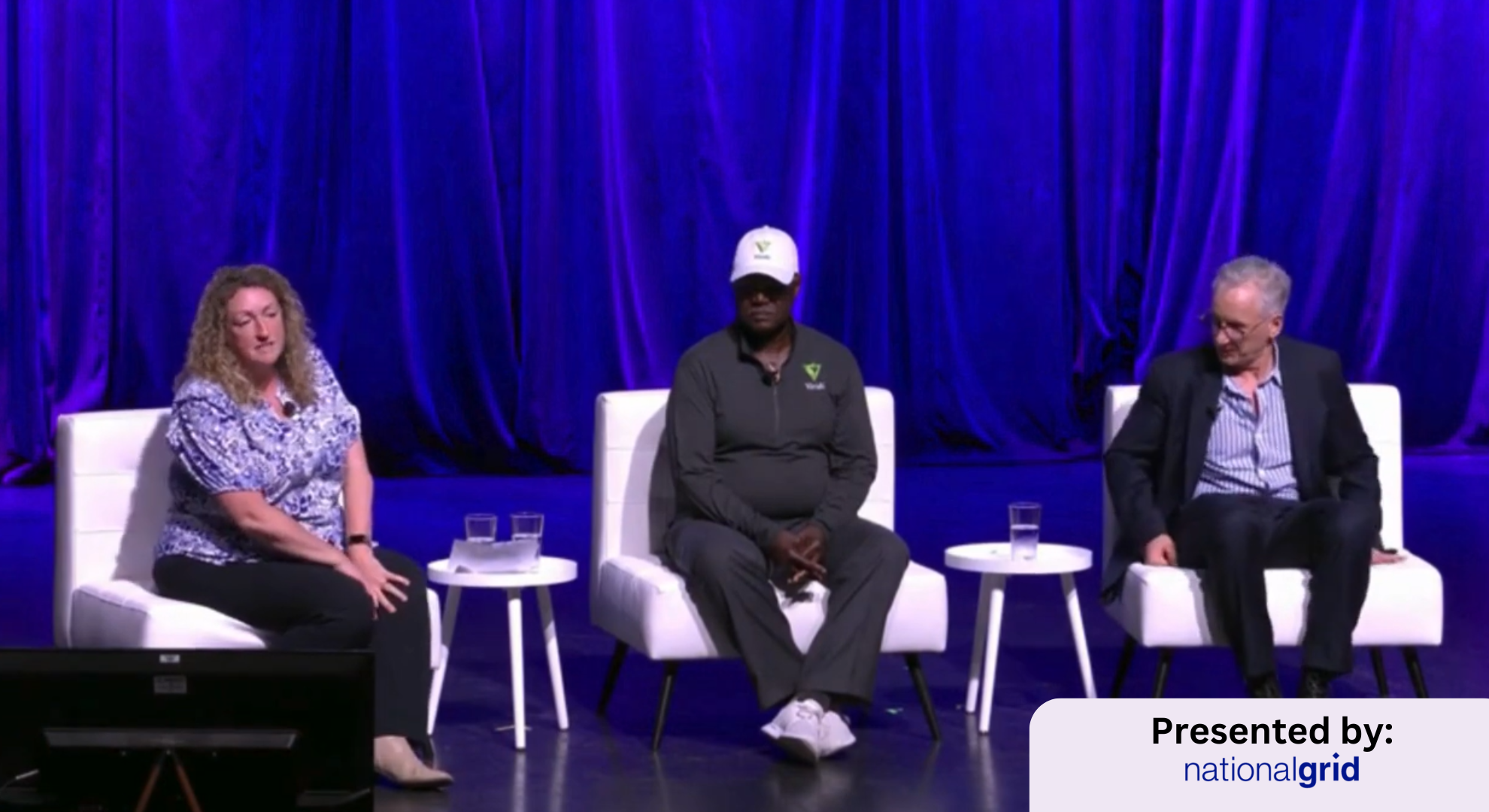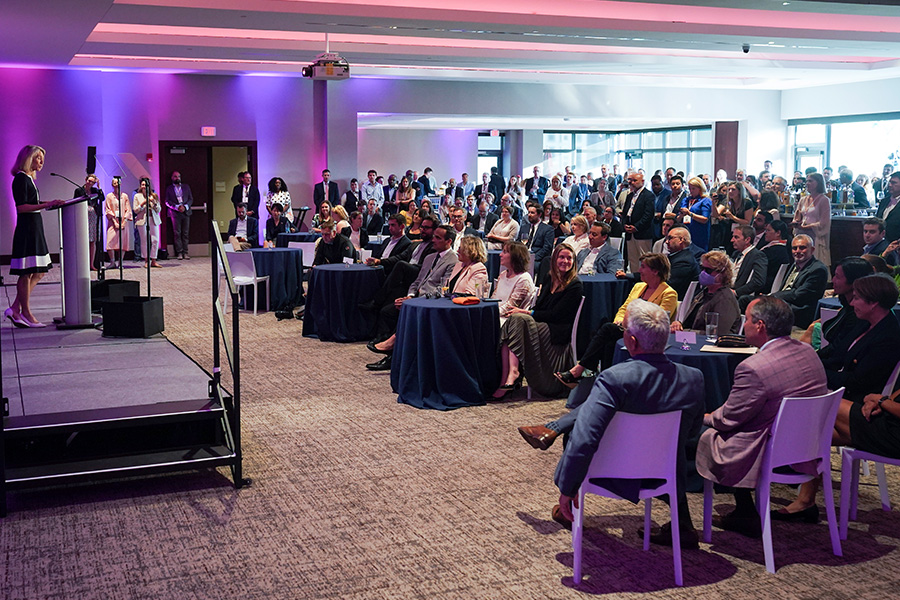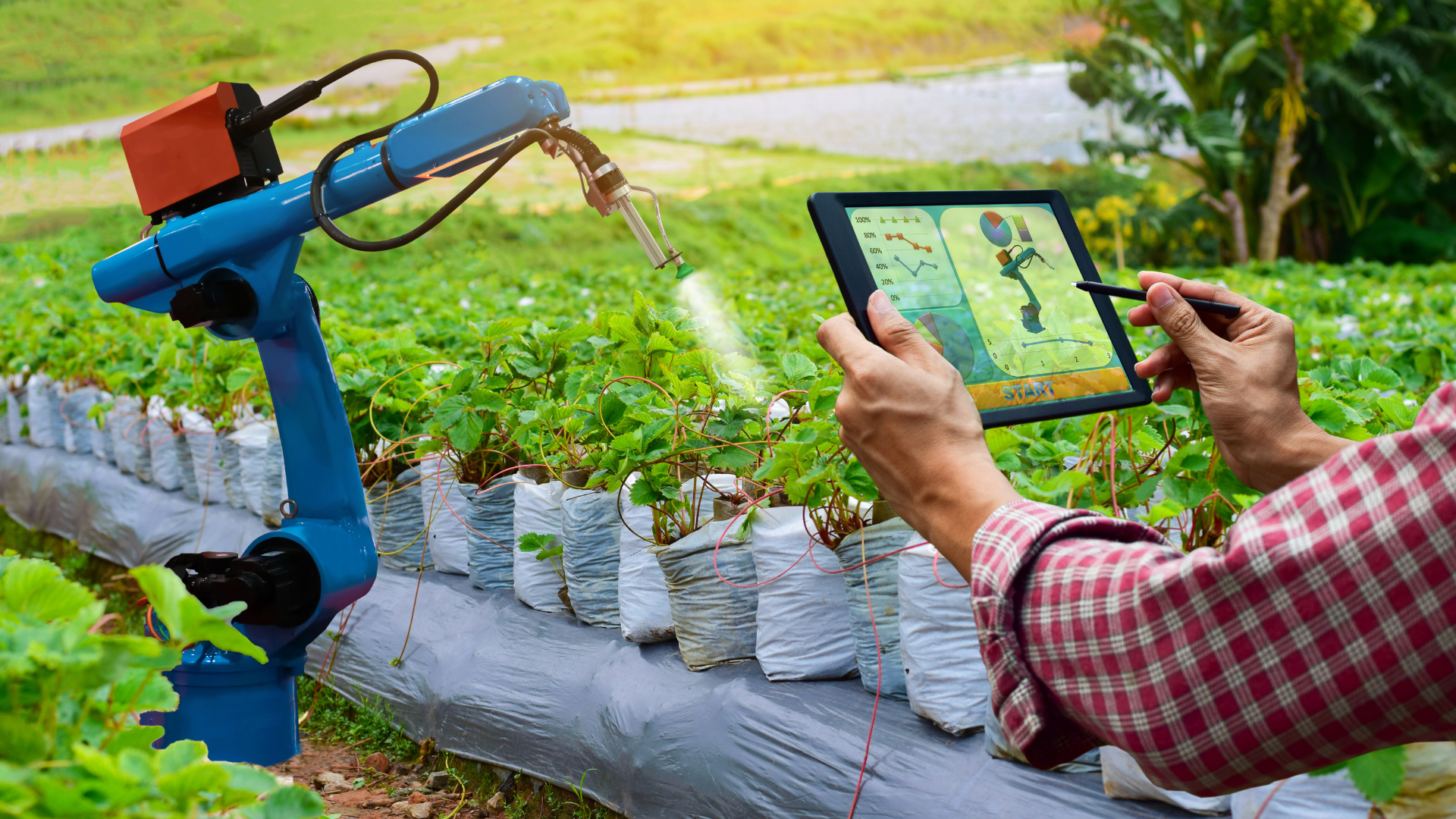The transition to a sustainable future demands technological innovation and a workforce development transformation. At ClimaTech 2024, industry leaders highlighted how green energy initiatives can empower underrepresented communities, reshape the labor force, and foster equity in economic opportunities.
Redefining Workforce Diversity
Traditionally, manufacturing industries have struggled to diversify, with minority groups comprising less than 10% of the workforce. However, the growing green energy sector presents a chance to break this pattern.
In Buffalo, New York, an innovative workforce model reshapes demographics by recruiting talent from underserved areas. This strategy has resulted in a manufacturing workforce that is 84% African-American, dramatically exceeding the industry average.
Success stems from programs that prioritize hiring and provide comprehensive support systems. Technical training and soft skills development equip workers with the tools to thrive, ensuring immediate job readiness and long-term career growth.
Second Chances: Unlocking Untapped Potential
A recurring theme in workforce innovation is the power of second-chance hiring. Stable employment can be life-changing for individuals with criminal records or difficult pasts. Programs that recruit from this overlooked talent pool benefit from workers who bring resilience, loyalty, and unique perspectives to their roles.
Green energy organizations have proven that these employees excel with the right support systems. Companies transform lives and strengthen their workforces by addressing systemic barriers and offering opportunities.
Training for Success in Green Energy
The transition to clean energy requires workforce training that combines technical expertise and hands-on experience. For instance, employees in battery storage manufacturing learn through direct involvement, assembling products as part of their training. This builds confidence while aligning individual strengths with specific production roles.
Equally important is soft skills development. Workers are trained in communication, conflict resolution, and collaboration—essential skills that improve job retention and foster workplace harmony.
Safety remains a priority, with programs teaching workers how to handle high-voltage systems and other advanced technologies essential to green energy industries.
Community Transformation Through Green Workforce Development
Green energy’s growth creates a dual opportunity: addressing global energy needs while revitalizing economically challenged communities. Companies provide jobs and contribute to local economic recovery by situating operations in underserved areas.
Initiatives that offer wraparound services—such as transportation, childcare, and mentoring—eliminate barriers that might otherwise hinder employment. These holistic strategies empower workers to focus on their roles and personal growth.
Achievements Made with GreenForce: A Case Study
GreenForce, a workforce development initiative tied to Verdi, exemplifies how inclusive models can transform lives and businesses.
Addressing Individual Challenges
Green Force’s success lies in its tailored approach to worker support. For example, the program provides practical solutions when employees face logistical challenges like moving homes. This personalized care fosters trust, helping employees stay in their roles despite obstacles.
The Role of Wraparound Services
Through partnerships with social workers and local organizations, GreenForce offers wraparound services that address broader life challenges. This includes everything from childcare to counseling. These services are a cornerstone of the program’s impressive 85% retention rate, with graduates frequently returning for additional support.
Creating a Culture of Inclusion
Operating in some of New York State’s poorest ZIP codes, Verdi has deliberately prioritized hiring from these communities, ensuring 40% of its workforce comes from local underserved populations.
GreenForce conducts cultural orientation sessions for employees and management to integrate this diverse workforce successfully. These sessions build mutual understanding and foster an inclusive workplace where everyone feels valued.
Academic and Industry Partnerships
Collaboration has been central to GreenForce’s success. The program has forged partnerships with academic institutions like the University at Buffalo to create a nationally accredited curriculum for green energy training. This fills a critical gap in workforce development and offers employees opportunities to advance their careers.
GreenForce has also introduced short courses in advanced fields like IoT and AI. These courses allow employees to transition into tech-driven roles, supporting long-term growth and adaptability.
Expanding the Model
The success of GreenForce has inspired plans to replicate its model in other regions, starting with a similar initiative in Rochester. With scalable training programs and wraparound services, the model offers a blueprint for equitable workforce development nationwide.
Respect: The Core of Workforce Transformation
Its unwavering commitment to respect is at the heart of GreenForce’s success. The program operates on the belief that every individual has value and deserves to be treated with dignity.
This principle informs every initiative aspect, from personalized support to open communication between employees and management. GreenForce has created an environment where employees thrive, and businesses flourish by cultivating a culture of respect.
As the green economy expands, the opportunity to build a diverse, inclusive, and skilled workforce is unparalleled. Programs like GreenForce demonstrate that industries can drive social and economic progress by investing in workforce development.
The lessons from ClimaTech 2024 are clear: the transition to a sustainable future is not just about advancing technology but about empowering people. By prioritizing equity, respect, and comprehensive training, industries can ensure the green economy leaves no one behind while transforming communities for generations to come.
View full session here:







